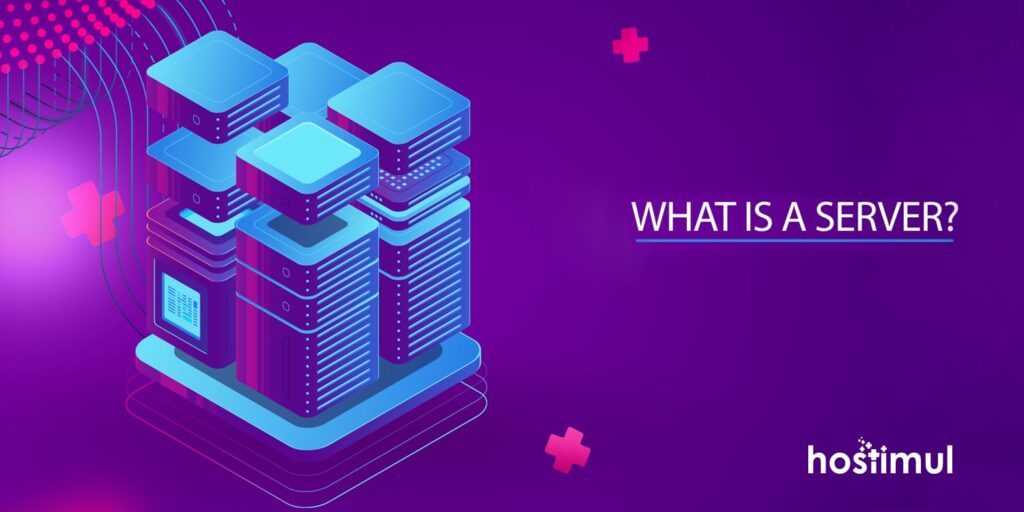A server is a computer or system that provides resources, data, services, or programs to other computers, known as clients, over a network. What if it is a computer? Where is the difference between a computer and a server?
For a person who is just starting to get acquainted with the topic, these two things can be similar, but you can identify a couple of differences. Firstly, they both have a CPU, RAM, and hard storage drives. However, servers are not intended for graphics‐intensive applications, like computers. Secondly, CPU has a different cache size; in servers, it is bigger. The bigger cache size lets a server work faster. Thirdly, while desktops have a single hard drive, servers generally have several hard drives. To have multiple hard drives is preferable if you work with data. If one of the hard drives all of a sudden fails, it doesn’t mean that you lost all your data, since other drives in the array still contain the data — such as a system with multiple hard drives called RAID. Speaking about data, we should mention another important aspect as a brandwith. Bandwidth measures maximum data that can be transferred in a given time. Brandwidth is measured in seconds. The number that shows “data transfer” tells you about data quantity that you can transfer in the given period of time. The number in “bandwidth” tells you how fast the data can be transferred. So how does the server work? On the most basic level, when you type on your computer a URL in the Internet browser, a computer communicates with the server that stores website files get the data from it, and show the appropriate information on your device.
Up to this point, it seems that the server is a thing that you should put somewhere, but technologies have evolved, the definition of a server has also evolved. These days, it may be nothing more than software running on one or more physical computing devices. Such servers are often referred to as virtual servers. Today, virtual servers are often run by a third party on hardware across the Internet in an arrangement called cloud computing. İt is definitely the start of a new era in e-services. There a lot of companies that offer cloud servers, one of them is Hostimul.
How to choose a server?
For a starter, you should decide do you need a server in your office. We should note that the decision is not so clear in the case of big companies, however, we recommend cloud servers for small companies. The cloud, therefore, opens up opportunities to save in terms of budget. The reason is the cost of a server, cooling system, backup generator, and the additional staff. When highlighting for yourself several points:
- You should know how many applications are you planning to run;
- What exactly needs to be run on a server;
- Each application needs to serve users, write the approximate number of users now and soon;
- Determine your budget;
- Choose the right operating system.
Once you handle all of this, it will not be a problem for you to choose the right server.
